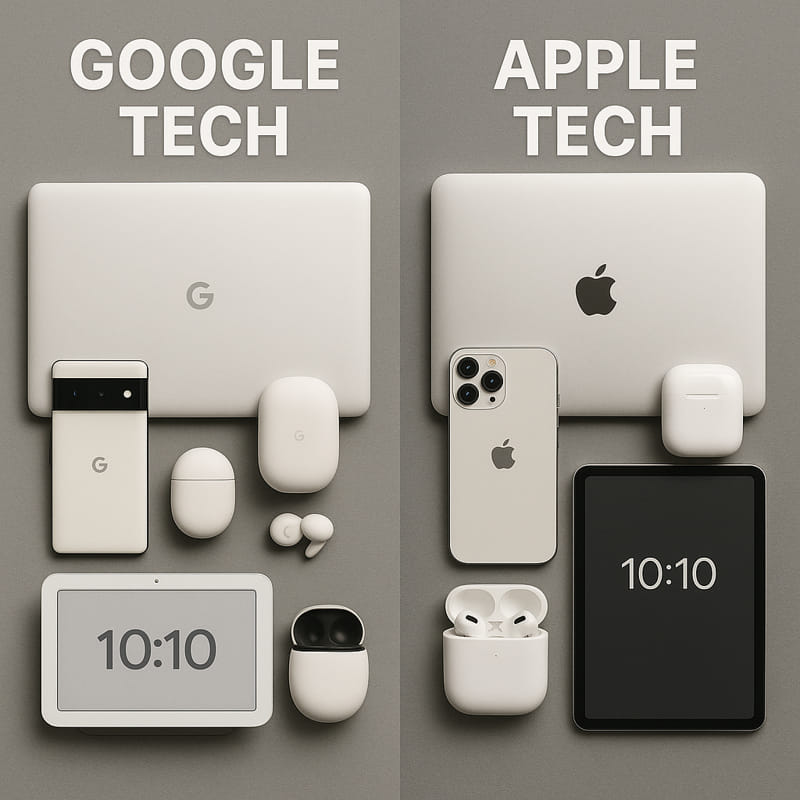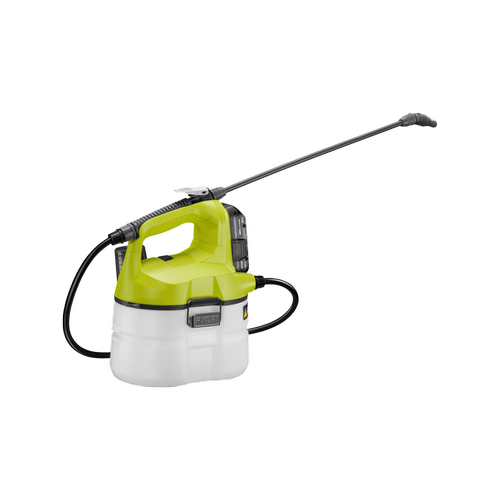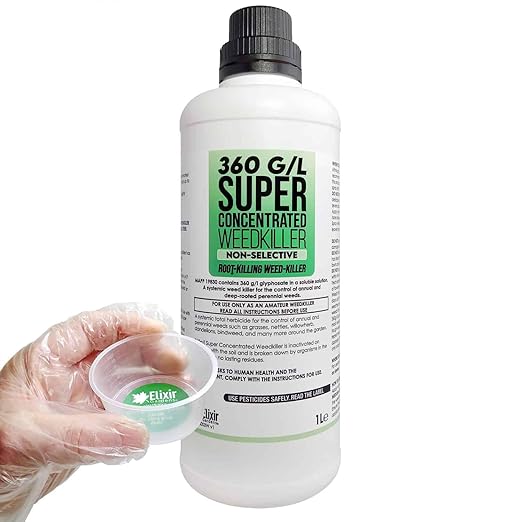I’ve spent years inside Google’s ecosystem — Pixel phone, Pixel Watch, Nest smart devices, and Chromecast. It’s been solid in many ways, but I’ve hit a wall. Between limited compatibility for work, clunky wearable software, and an evolving need for accessibility, I’ve started making the switch to Apple. Not for hype, but for functionality.
This move isn’t all at once — I’m replacing devices step by step, as budget and needs allow. But every change so far has felt like a step forward. Here’s why.
1. Chrome OS Isn’t Supported for Work — macOS Is
Let’s start with the big one. I need a laptop that’s secure, reliable, and compliant with my company’s IT requirements — and Chrome OS isn’t it. Specifically, it’s not supported by Microsoft Endpoint Manager, which many workplaces use to control and protect devices accessing sensitive data.
My Chromebook couldn’t do the job. A MacBook (which I plan to buy) can — giving me full access, security, and long-term software support in a way that fits both personal and professional life.
2. The Pixel Watch Didn’t Work for Me — Especially Because of Fitbit
I gave the Pixel Watch a chance. But I quickly ran into the Fitbit software, which is required to use many of its features. I found it clunky, non-intuitive, and frustrating — and unfortunately, not optional.
That experience made me realize how fragmented Google’s ecosystem can feel. I don’t want a wearable that feels like a struggle. The Apple Watch, on the other hand, just works. It’s clean, integrated, and will eventually tie perfectly into my iPhone, MacBook, and even my car.
3. Tesla Keyless Entry with Apple Watch
This one’s a surprise win — I drive a Tesla, and with the Apple Watch, I’ll be able to use keyless entry and vehicle control, something not possible with the Pixel Watch.
That kind of seamless integration matters. It’s not just about flashy features — it’s about not needing to think about them. The Apple Watch simply does what it should.
4. AirPods as Hearing Aids — Accessibility That Matters
Another major reason for my switch is accessibility. I’m starting to experience some hearing loss, and Apple’s AirPods Pro are now certified as hearing aids in the UK.
That’s huge. Not only are they high-quality earbuds, but they can also improve daily life in very real ways — from hearing conversations in noisy rooms to watching TV without subtitles. That kind of innovation has real impact, and it shows Apple’s commitment to people, not just products.
5. Keeping Some Google Devices — But Only What Works
I’m not burning everything down. I still use Google Home speakers, mostly for timers, alarms, and basic tasks — and that’s fine. They work for now, and replacing them isn’t a priority.
This isn’t about ditching Google entirely. It’s about choosing what works best for me. And right now, Apple is clearly doing more of what I need — with less hassle and more future potential.
6. Avoiding iCloud Fees with My Personal NAS
One of the common costs that comes with Apple’s ecosystem is iCloud storage. But I’m sidestepping that by using immach — a system hosted on my own NAS (Network Attached Storage) at home.
It gives me the convenience of cloud access, but with no ongoing fees and full control over my data. I’ll share more about that setup in a separate post, but it’s one of the smartest moves I’ve made so far.
Final Thoughts: A Thoughtful Switch, Not Just a Trend
This isn’t a case of “Apple good, Google bad.” I’ve used and appreciated both. But for what I need — a secure laptop, wearable that works, better accessibility, and a platform that ties everything together — Apple is simply the better fit right now.
The move is gradual. Intentional. And already proving to be worth it.
📊 Comparison Snapshot: Apple vs Google (My Ecosystem Transition)
| Category | Apple (Current / Planned) | Google (Current / Legacy) |
|---|---|---|
| Phone | ✅ iPhone | ❌ Pixel (retired) |
| Smartwatch | ⏳ Apple Watch (planned – Tesla key entry, fitness) | ✅ Pixel Watch – disliked due to Fitbit software |
| Laptop | ⏳ MacBook (planned – for work security & access) | ❌ Chromebook – unsupported for work |
| Earbuds | ⏳ AirPods Pro (planned – also for hearing support) | ✅ Pixel Buds |
| Streaming Device | ⏳ Apple TV | ✅ Chromecast with Google TV |
| Voice Assistant | ✅ Siri (via iPhone & Watch) | ✅ Google Home (kept for timers & alarms) |
| Smart Speaker | ❌ (might add HomePod mini) | ✅ Nest Mini / Audio |
| Smart Home | ⏳ HomeKit devices (future-proofing) | ✅ Nest thermostat, lights, etc. |
| Fitness & Health | ⏳ Apple Fitness+ (via Watch) | ❌ Fitbit – disliked UI |
| Accessibility Support | ✅ AirPods = UK-certified hearing aids | ❌ No equivalent |
| Work Compatibility | ✅ macOS = supported by Microsoft Endpoint Manager | ❌ Chrome OS not supported |
| Cloud Storage | ❌ Avoiding iCloud fees via NAS (immach setup) | ✅ Google Drive (legacy use) |


